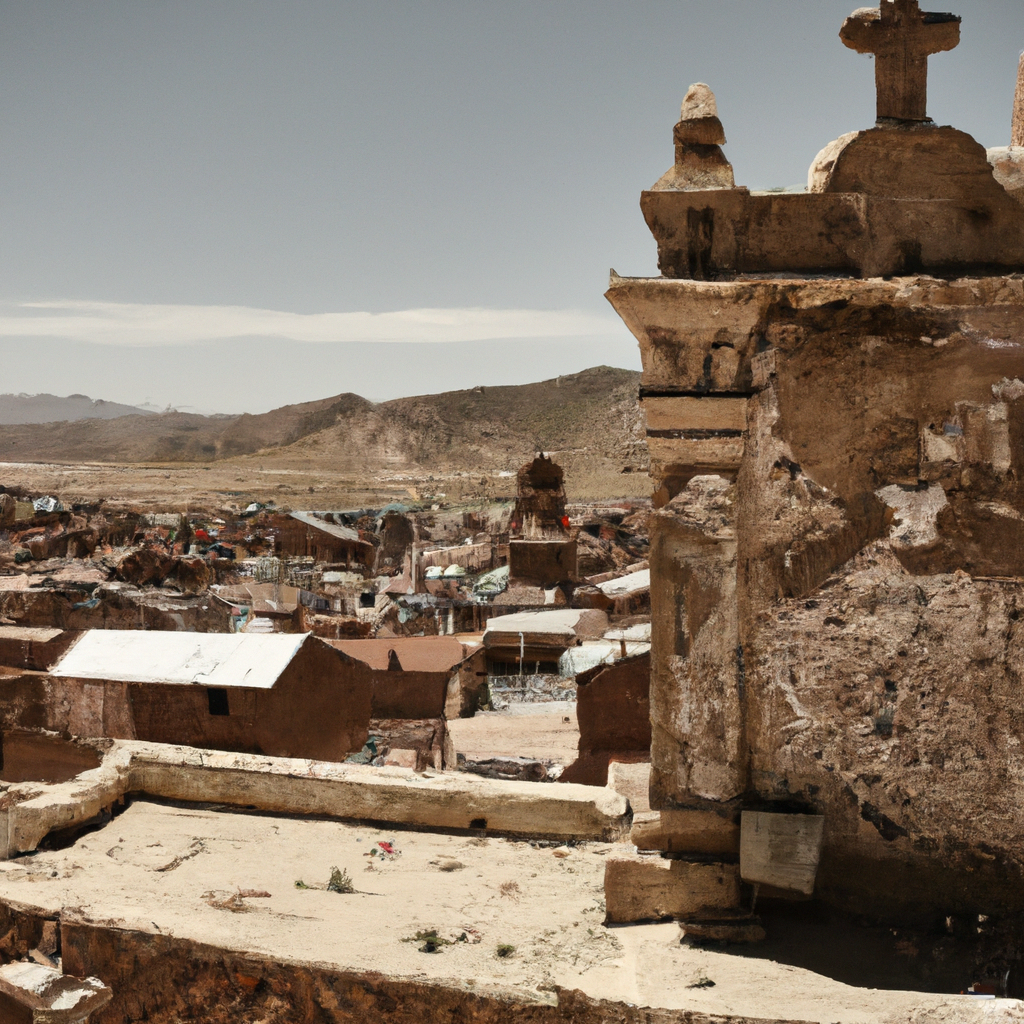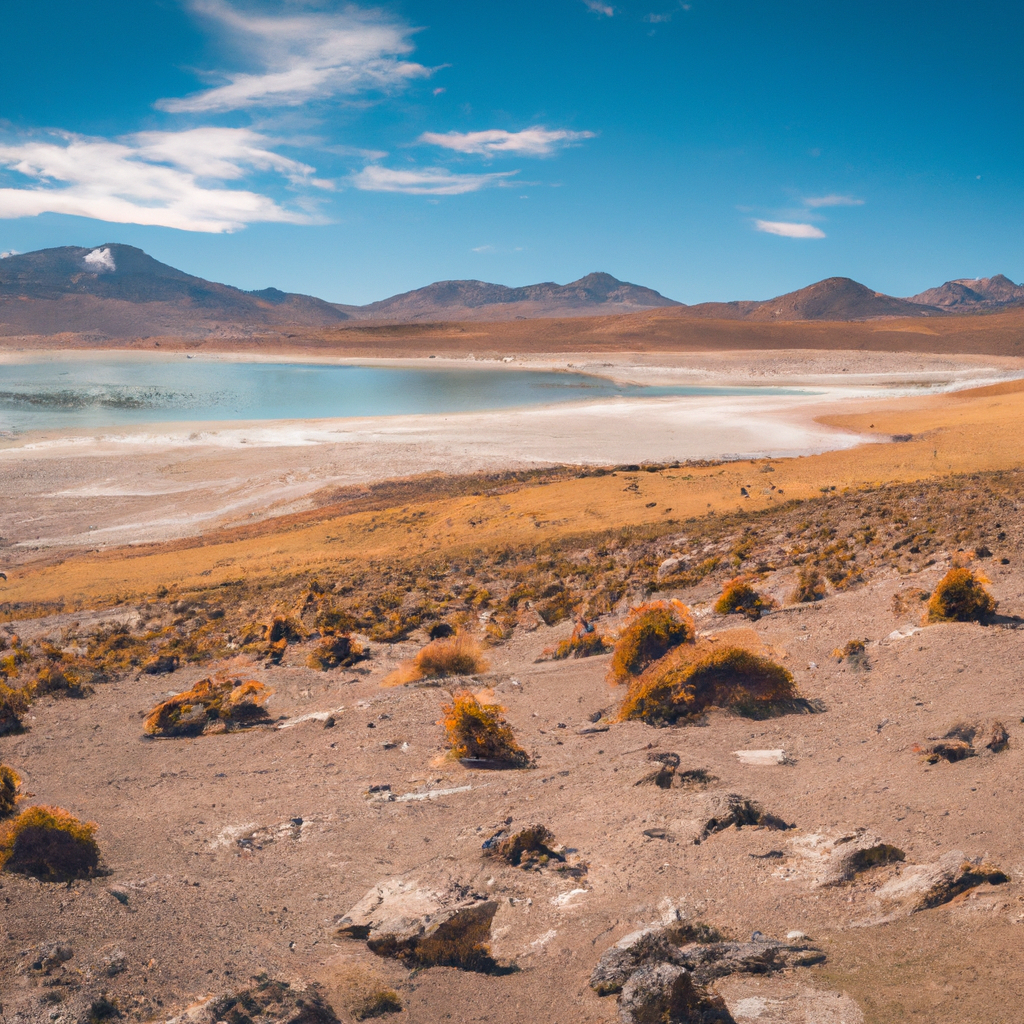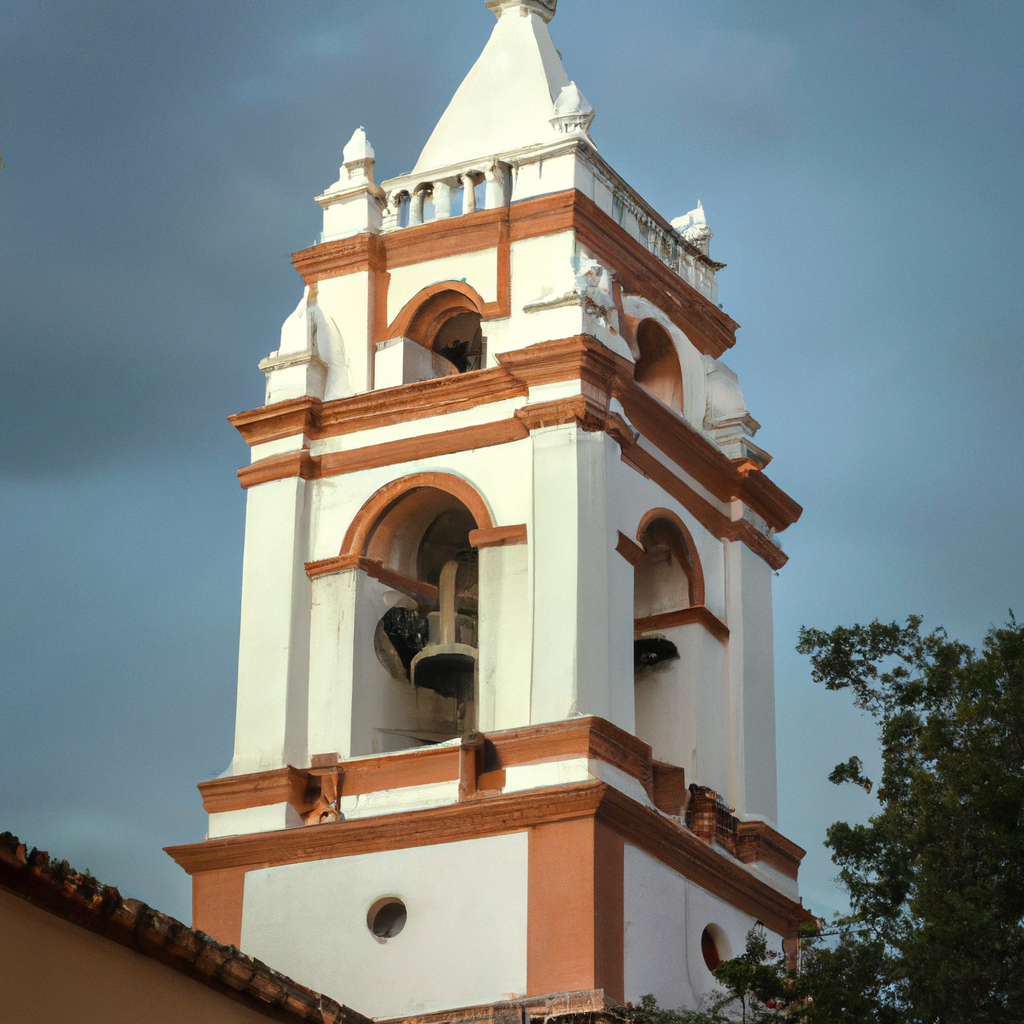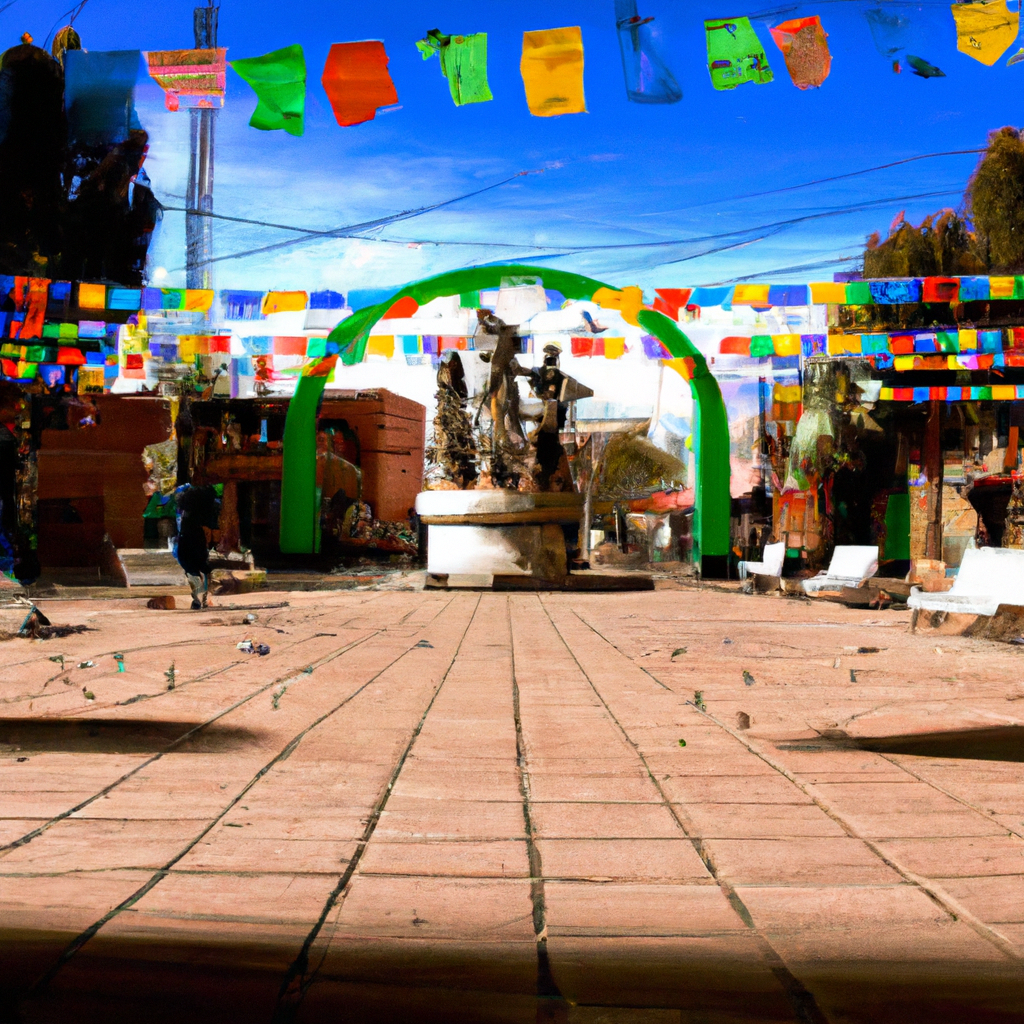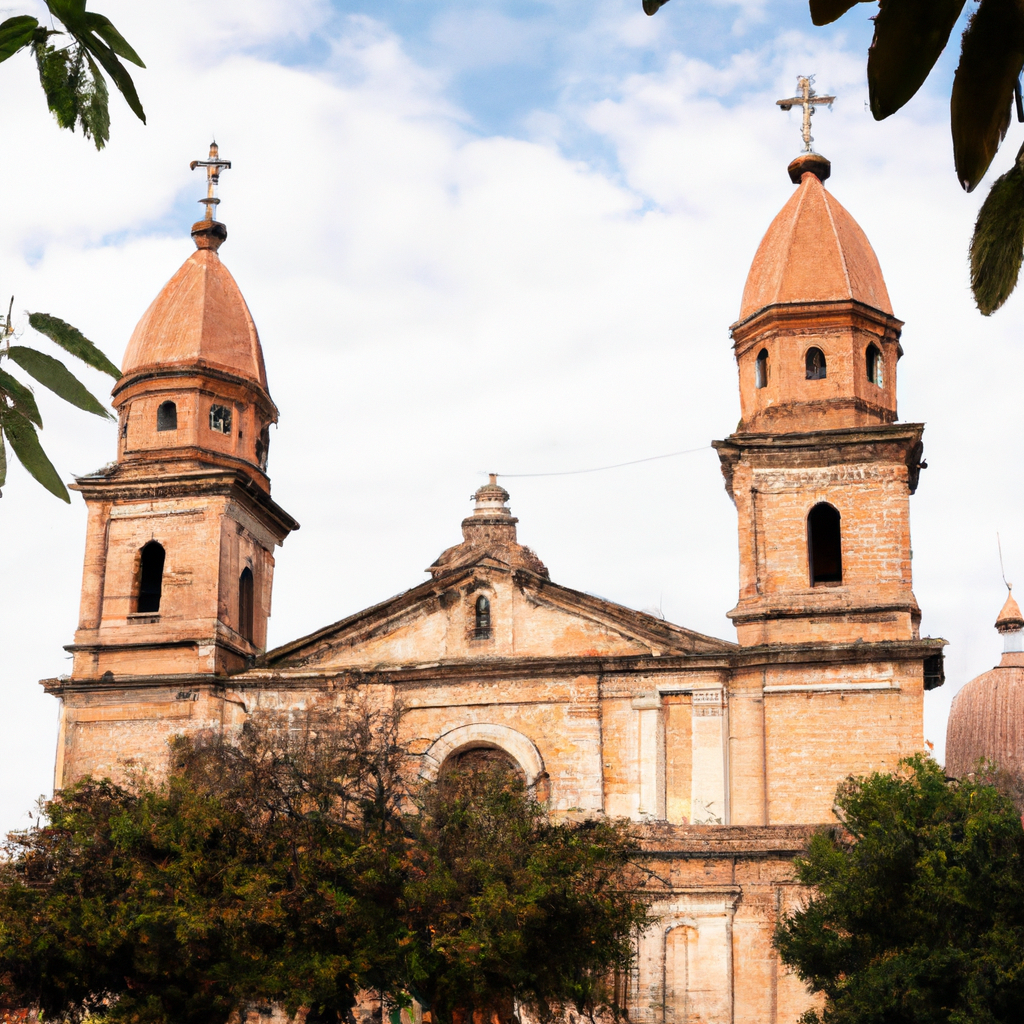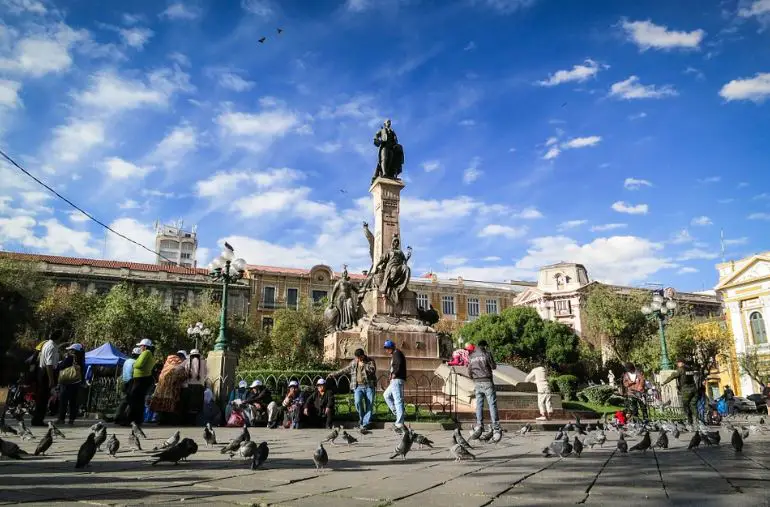Potosí Historic City In Bolivia: Overview,Prominent Features,History,Interesting facts
Overview:
Potosí is a city in southwestern Bolivia, and is the capital of the Potosi Department. It lies in a high desert plain on the southern slopes of the Cordillera de los Andes mountain range at an elevation of 4,090 meters (13,420 ft) above sea level. It is one of the highest cities in the world and Bolivia’s principal economic hub. The historic center of Potosí is a World Heritage Site, with numerous colonial churches and convents. The city, dubbed "Imperial" by the colonial Spanish, was founded in 1545 as a silver mining town originally named Villa Imperial de Potosí. The city is well known for its baroque architecture and rich cultural heritage. It is home to several museums, including the Museum of National Mint, the Museum of Minerals, and the Mining and Numismatic Museum. Furthermore, it is an important tourist destination in Bolivia owing to its culture and attractions. You can learn history, culture, and heritage through these magnificent monuments in Bolivia
Prominent Features:
1. Cerro Rico: Perhaps the most striking feature of Potosí is Cerro Rico, which literally translates to “rich hill” and is thought to have been the source of the great wealth and power that developed the city. Cerro Rico is a mountain of ore-rich silver located in the centre of the city which made Potosí the largest industrial complex in the world during the 16th and 17th century. 2. Potosí Cathedral: Potosí’s Cathedral is a colonial-style building built over a decade in the mid-17th century with a key of the Bourbonic form of baroque. The Cathedral is filled with religious pieces of art, sculptures and paintings from Italy, Spain, and Cuzco. 3. Palacio de la Real Audiencia: This is the oldest colonial building in Potosí, constructed of stone and wood in 1570 to be the seat of a court and home to Spanish judges. 4. Casa de la Moneda: This museum is housed in one of the most important institutions of the city. Casa Moneda was the home of the Spanish mint created in the mid-16th century to turn chunks of silver ore into coins. 5. Torre de la Compañía: This is the tallest and most impressive building in Potosí, towering over the city at over six stories tall and built in the 16th century. This baroque-style tower was originally designed to watch over the surrounding silver mines. 6. Calle Charcas: This beautiful colonial-style street is lined with impressive mansions and historic buildings. This is also the main hub of Potosí, where locals and tourists enjoy traditional Bolivian food and music. This national monument of Bolivia portrays the history and culture of the country.
History:
Potosí is an historic city located in the Bolivian Andes founded in 1545. It is known for its impressive architecture as well as its importance in the region's silver ore industry. During the period of Spanish colonization, Potosí was enormously wealthy thanks to the abundance of silver found in its Cerro Rico mine, which produced more than half the world's silver up until the 18th century. The wealth of the mine made Spanish King Philip II the wealthiest ruler in Europe and bankrolled the Spanish empire. The city was declared a UNESCO World Heritage site in 1987 due to its historic buildings and its contributions to the development of the Spanish Empire. Potosí is known as the “Imperial City” because of its importance to the empire and its Spanish roots. The city's unique architecture is a blend of Spanish Baroque and colonial styles, and even today it features some of the most impressive Spanish colonial churches, palaces, and monasteries in South America. Despite its immense wealth in the past, Potosí is now one of the poorest cities in Bolivia due to the gradual decline of the silver industry, environmental disasters, and poverty. Despite this, the city remains a popular tourist destination and is a reminder of its past imperial glory. You must visit one of these historical places in Bolivia on your Bolivia tour
Interesting facts:
1. Potosí was once one of the largest cities in the world and the largest in the Americas. 2. The city was founded in 1545 and was the major silver mining center of the Spanish Empire in the 16th century. 3. The city has an elevation of 4077 m (13,400 ft). 4. The Cerro Rico (Rich Hill), which rises behind the city, is said to be the world’s largest silver deposit and has yielded hundreds of tons of silver over the last four centuries. 5. Potosí’s historic center is a UNESCO World Heritage Site and was designated in 1987 due to its unique urban planning, its remarkable history, and its architecture. 6. The city is known as the "Imperial City of Potosí" because of its prominence in the Spanish Empire. 7. The city has a museum that houses artifacts and coins that date back to the Spanish Empire period. 8. Potosí is a thriving market city and is home to indigenous street vendors who sell food and crafts that can only be found in the city. 9. The city’s main square, Plaza 10 de Noviembre, is the largest in Bolivia and features the unique Casa de la Moneda (House of Coinage). 10. The Casa de la Moneda is where the Spanish Empire’s coins were minted and is considered a symbol of the city’s colonial and economic power. Visit one of the famous monuments of Bolivia with your friends and family.
Explore Bolivia most popular tourist destination with us. Potosí Historic City In Bolivia: Overview,Prominent Features,History,Interesting facts,which is 35.14 km away from Bolivia main town, is the most popular destination to add in your travel wishlist.
-
City:
Bolivia
-
state:
Potosí
-
country:
Bolivia
-
country code:
BO
-
postcode:
6800
Location:
Potosí Bolivia
